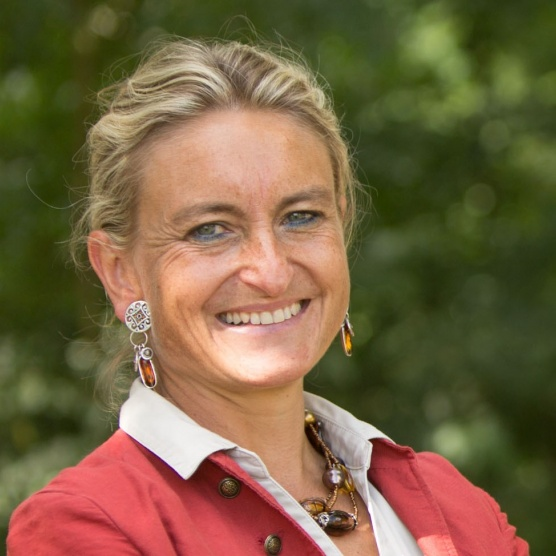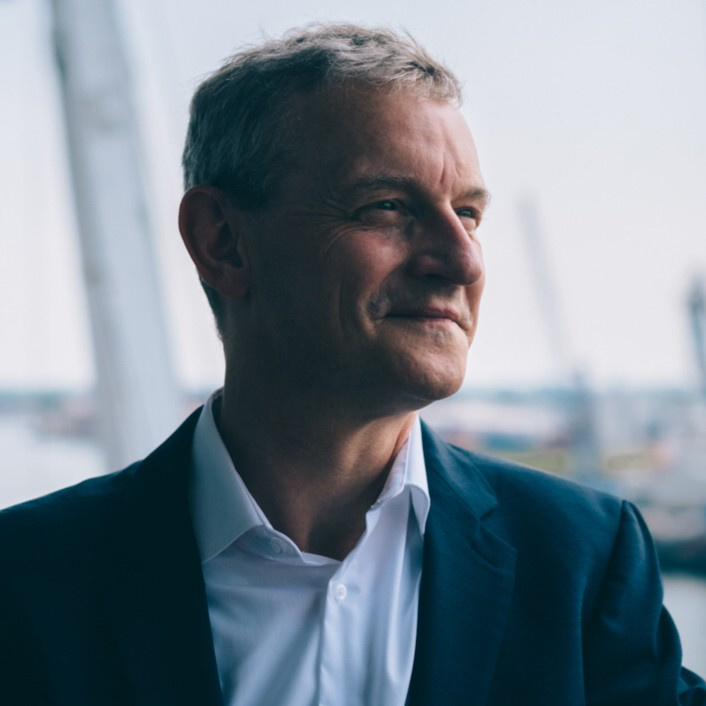Members' interviews
Interview with Gabrielle Gauthey & Stefan Kansy of TotalEnergies

11 March 2024
TotalEnergies won two sites with a total of 3 GW of capacity in last year’s German offshore wind auctions. It was the first time TotalEnergies have won in a German offshore wind auction.

Where does Germany fit in your overall offshore wind strategy?
Gabrielle Gauthey, SVP EU Public Affairs TotalEnergies at Brussels
As part of its ambition to get to net-zero by 2050, TotalEnergies is building a world class cost-competitive portfolio combining renewables (solar, onshore, and offshore wind) and flexible assets. With an installed gross renewable power generation capacity of 22.4 GW already, TotalEnergies will continue to expand its power generation to more than 100 TWh by 2030. In Germany, which has the largest electricity market in Europe and high renewable build-out targets, TotalEnergies wants to become a major integrated player.
We are convinced that, driven by demand, power prices will remain rather high in the long run – therefore merchant projects are at the core of our strategy. And that’s the reason why we decided to bid in the German offshore wind auction.
Recently TotalEnergies has also signed an agreement to acquire the entire share capital of Kyon Energy, a German battery storage player, to contribute to the resilience of the German electricity system. It follows the previous acquisition of the renewable energy aggregator Quadra Energy and successes like the awarding of a contract to install and operate 1,100 high-power charging points for electric vehicles in Germany.
All these projects will offer reliable and competitively-priced power to German customers.

The sites auctioned in this tender are not centrally pre-developed. How does this affect the project timeline? By when do you expect to reach final investment decision and to commission the projects?
Stefan Kansy, Director Business Development Offshore Wind
We will now need to carry out all required site investigations (e.g., environmental, geotechnical and metocean) on our own. Based on that, wind farm layout and design will be developed, and the building permit applied for within 2 years post award, i.e. until July 2025. At the same time, all major supply, transport and installation contracts will be secured. Upon obtaining the respective permits of the Federal Maritime Authority (BSH), FID can be taken – from today’s perspective in 2027. COD will depend on the exact grid connection date (the responsibility of the transmission system operator) and is currently set by the regulator for 2030.
TotalEnergies is committed to paying €5.8bn for the right to build these two wind farms. That’s because the German auction design used uncapped negative bidding. What is your strategy to recover these additional costs?
Stefan Kansy, Director Business Development Offshore Wind
In lease fee auction schemes, the awarded bidder pays a lease fee and then markets the offtake at his own entrepreneurial risk without further support by the state. In a CfD scheme the state covers the costs of the developer’s downside protection but typically benefits in turn when merchant power prices are higher than the CfD strike price. Thus, both auction designs entail a risk allocation-based value sharing mechanism.
The German auction design for the not centrally pre-developed sites does not come with costly non-price criteria: there are no obligations to invest in additional infrastructure of any sort. Also, bottom-fixed foundations can be used and the export grid connection is paid for by the state. Expected demand-driven market power price levels will thus allow for revenues higher than required for covering the costs of the offshore wind farm itself, and hence a surplus can be passed on as a lease fee. On top, the lease fee payment schedule ensures that upfront and financing costs are kept to an absolute minimum: while 10% are payable within 1 year after award, the remaining 90% are only due in the 20 years post COD, i.e. will be paid from generated revenues. The created value is then shared with society and customers: 10% of the lease fee will be used for sustainable fishery, marine nature protection and the transformation of the German economy toward greater sustainability. The remaining 90% will be invested in the offshore grid, i.e. ‘remain in the system’, thus lowering the costs of electricity offtakers, who also need to pay for transmission. We do think that this is a good deal for everyone.


